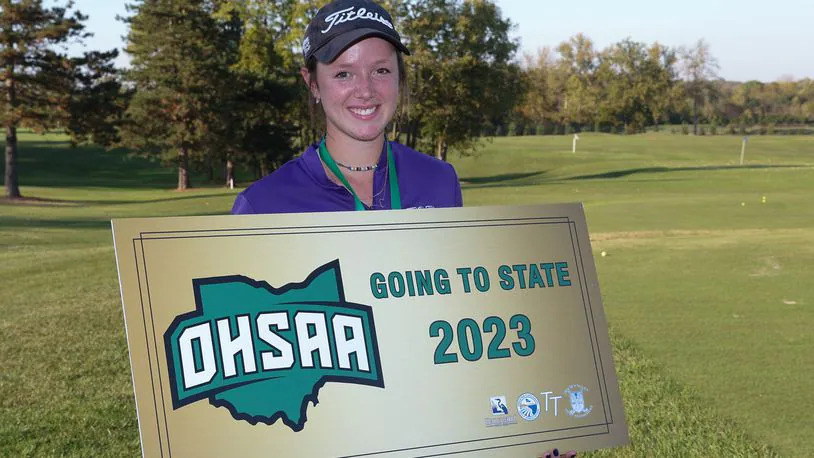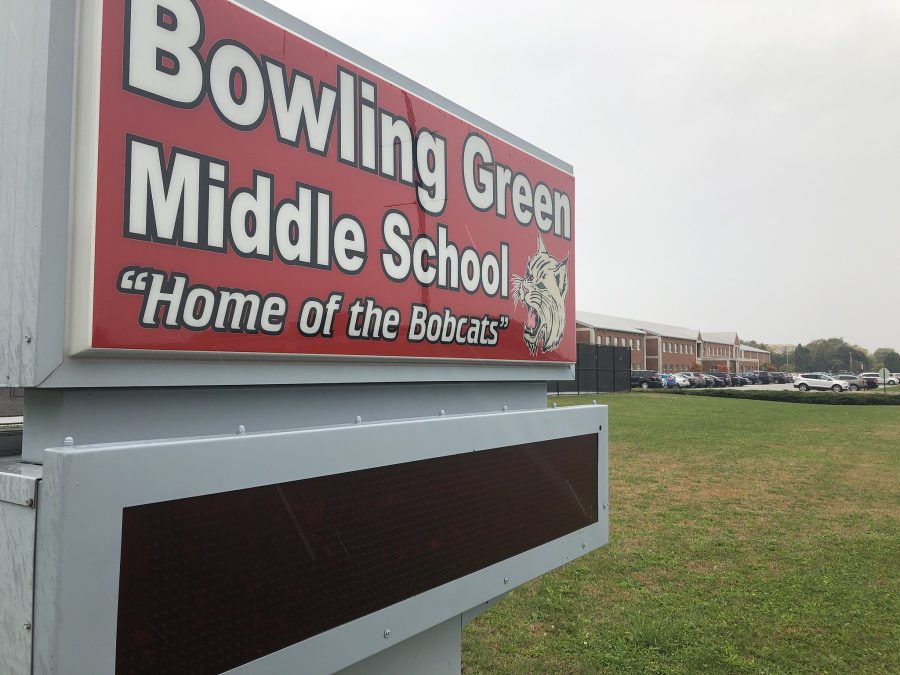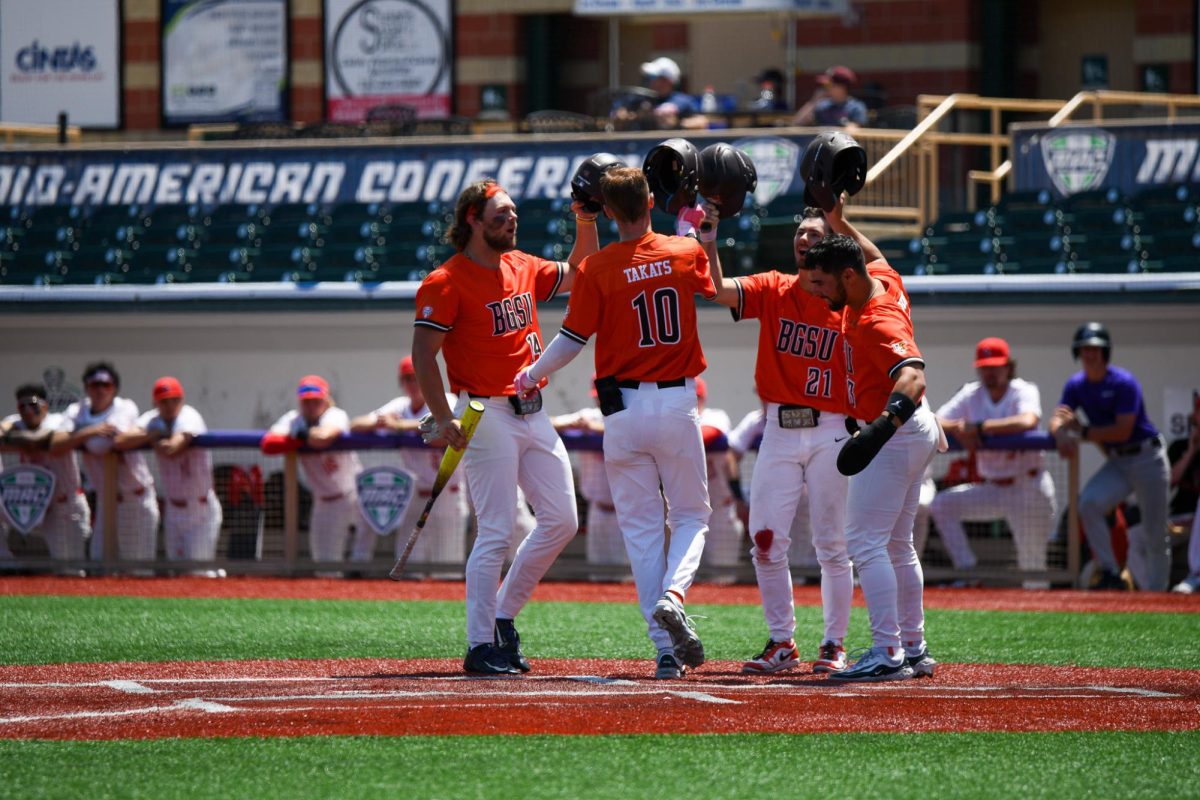FORT WORTH, Texas – As a little boy, Colton Harris punched his fist through living room walls and bedroom windows.
Sometimes he would twist his pale thin legs like a contortionist. Twice he bent his ankle until it broke.
Now 16, Colton is the size of a man, but with three times the testosterone. Instead of shoving his fist through a wall, he slams his body into it. Just after Thanksgiving, he knocked out the only windowpane in the family’s north Fort Worth home that had not been replaced with Plexiglas.
Colton’s parents worry as their autistic son grows older, stronger and more aggressive. In five years, Colton will no longer be eligible for special-education services.
The Combating Autism Act signed by President Bush last month authorized $920 million in federal funds over five years to pay for research, education, screening and intervention. Advocates praised leaders for acknowledging autism as a healthcare crisis. Others say there’s too much focus on research when services require more immediate attention.
“We also have got to do something for the here and now,” said Anna Hundley, executive director of the Autism Treatment Centers, which have offices in Dallas and San Antonio. “It’s like cancer; you have to find out the cause, but you have to treat the disease, too.”
“Most people’s idea of autism comes from the movie ‘Rain Man,'” said Anne Dachel, a member of the National Autism Association.
But the disorder affects children in different ways. Some can grow up to be fully functioning adults. For example, some children with Asperger syndrome, sometimes dubbed “autism light,” can graduate from college, hold jobs and live independently. Others will always be dependent on caregivers.
As many as one in every 166 children and one in every 104 boys are affected by autism spectrum disorders, which include Asperger syndrome and other forms of autism, according to the Centers for Disease Control and Prevention. In 1995, there were 22,780 children with autism in schools nationwide; by 2004, there were 166,302, according to the U.S. Department of Education.

















